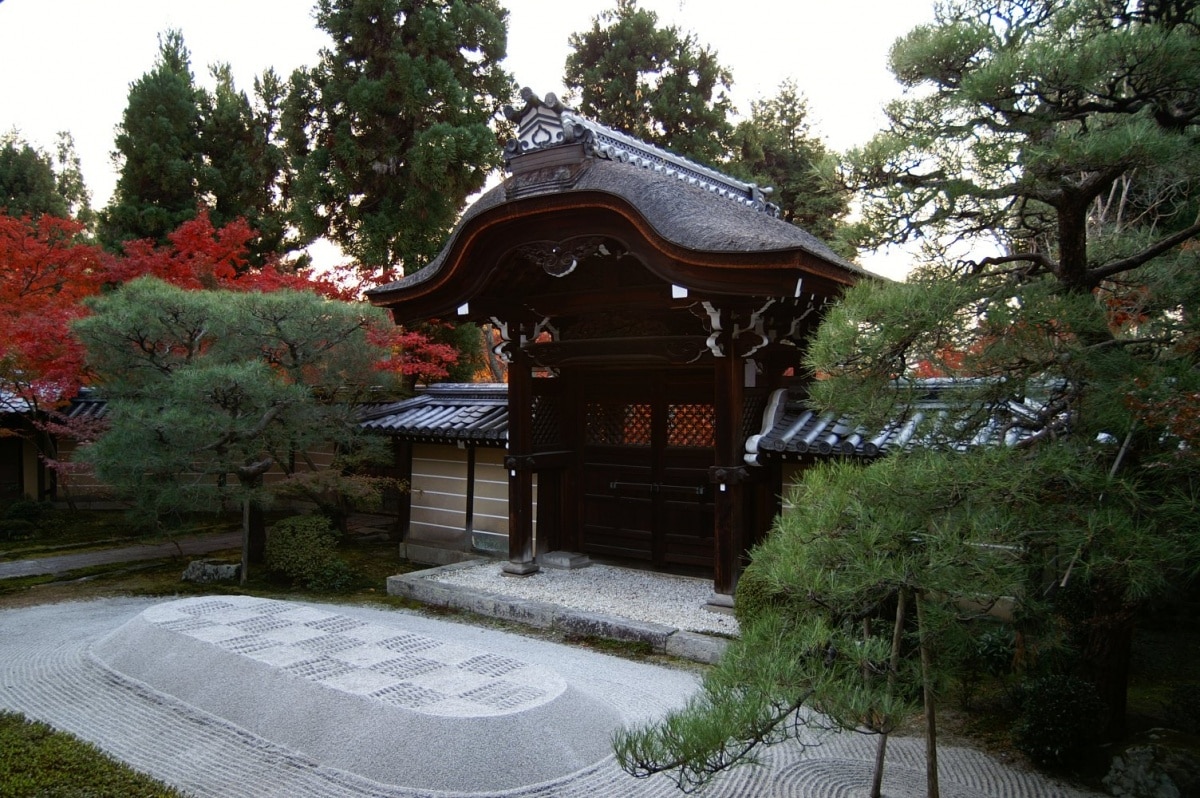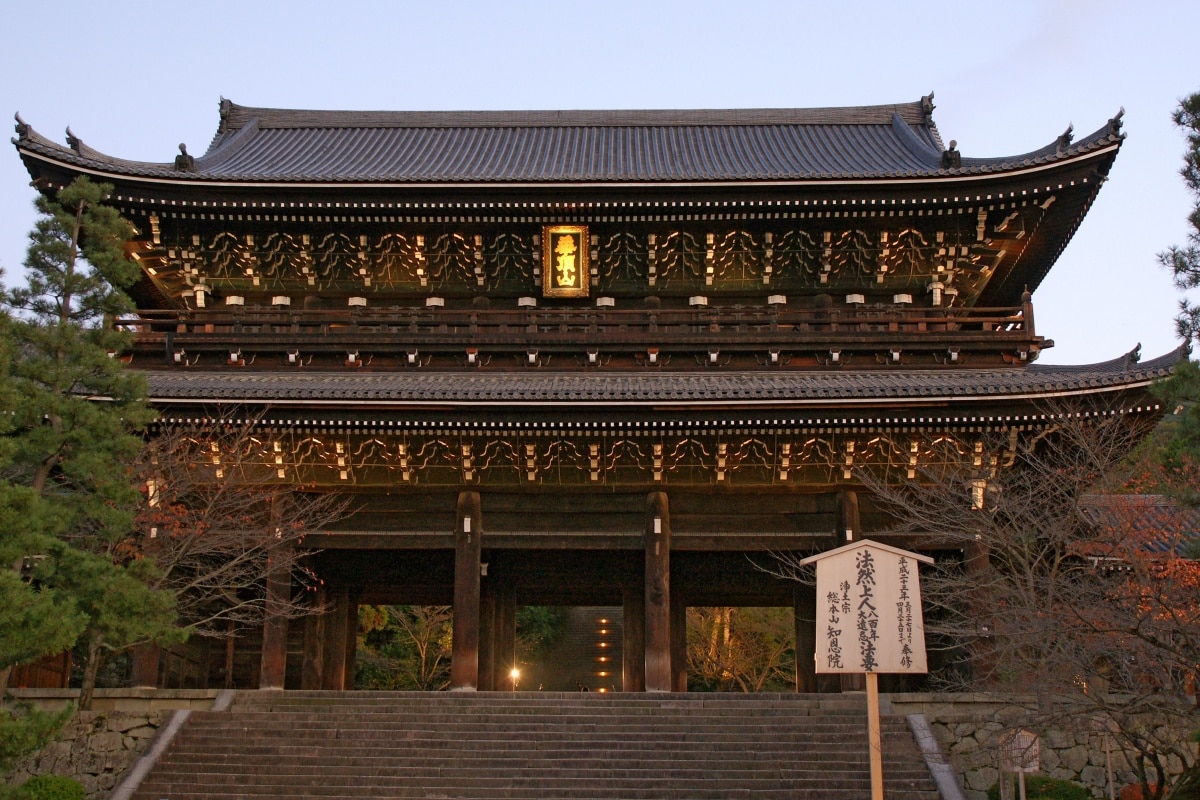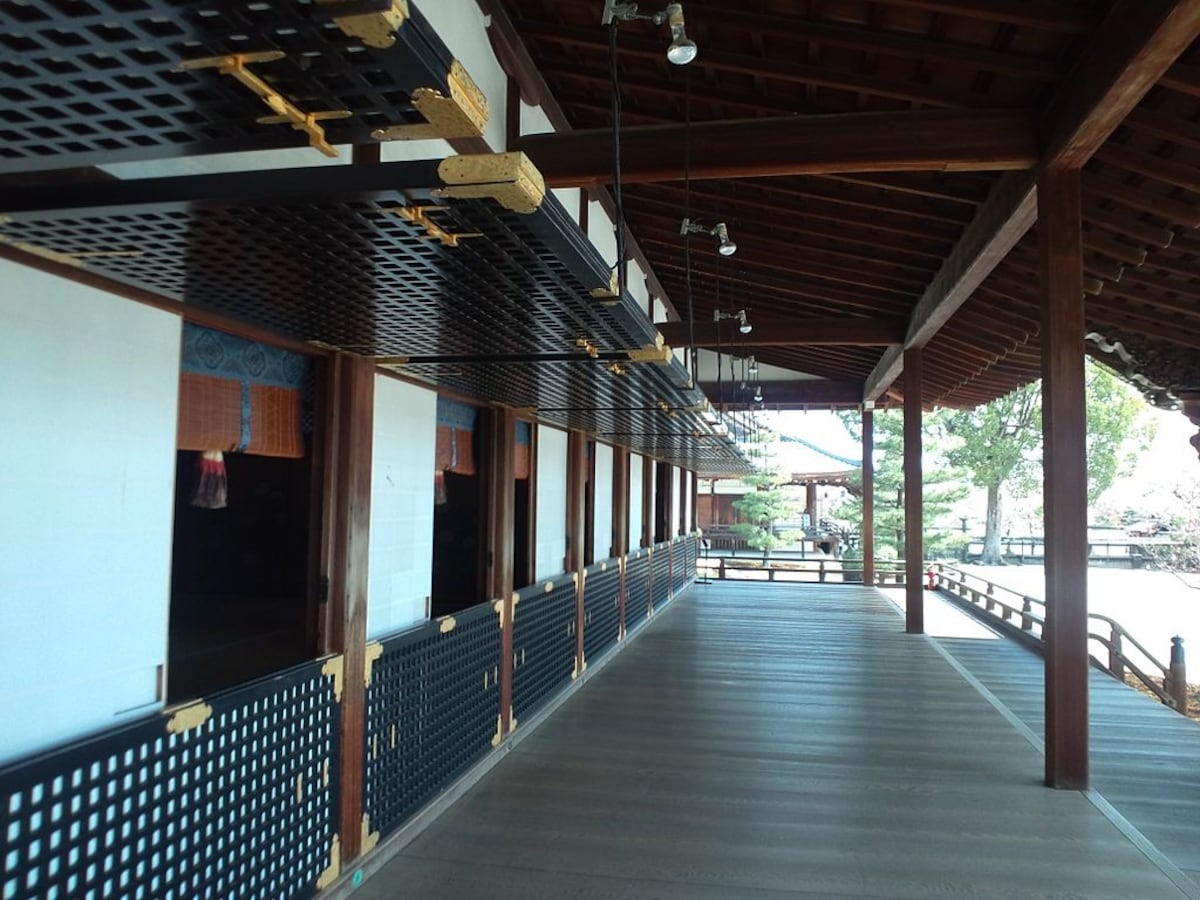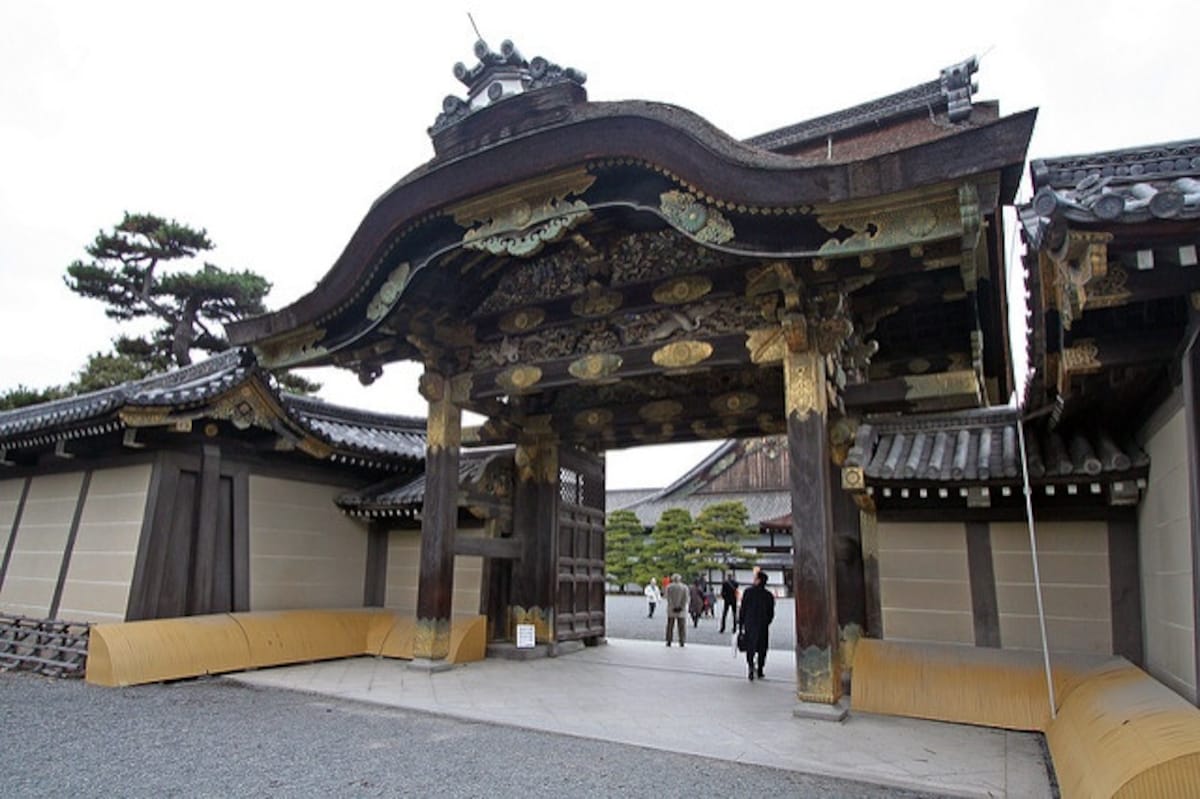How to Ninja-Proof Your Castle
Ninja and other assassins were a big problem for royalty, shogun, and high-ranking Buddhist priests. Some castles, and even temples, found a pretty clever solution. Many of these important buildings were fitted with "nightingale floors," which emitted sharp, chirping noises when stepped on, alerting anyone nearby to an intruder's presence.
By Jessica FamularoHow Nightingale Floors Work
https://www.youtube.com/watch?v=jJThECzA1bc
Called uguisu-bari in Japanese (meaning Japanese nightingale, or bush warbler, guard or watch), nightingale floors are pretty clever in their design. Carpenters place floorboards over the standard support framework. The boards, though, are attached a little more loosely to allow slight movement when they're stepped on. The undersides of the floorboards are fixed with metal clamps that rub against nails in the support beams, which creates the signature chirping noise.
This sound makes it impossible for anyone to walk across the room or hallway silently. Castle dwellers even innovated special rhythms that allies had to use when walking across these floors, so as not to be mistaken for an intruder.
Let's take a look at five key structures in Kyoto—the historical center of Japanese political intrigue—that have made strategic use of nightingale floors!
5. Eikan-do Zenrin-ji (Higashiyama)
Eikan-do Zenrin-ji, set close to Kyoto's eastern mountains, is one of the city's oldest temples, dating back to 863. The temple holds a hefty collection of important Japanese art and sculptures. Its most prized artifact is the Mikaeri-Amida Buddha statue, unique in that the Buddha is posed looking over its shoulder. The temple's nightingale floor would have been vital for protecting its cultural assets.
4. Chion-in (Higashiyama)
Chion-in is another fine example. The various generations of Tokugawa shogun and their families often stayed at the temple throughout the shogunate's history, and relied on the nightingale floor for security.
3. Higashi Hongan-ji (Central Kyoto)
https://www.youtube.com/watch?v=Rcodr41LfFY
Higashi Hongan-ji was established in 1602 when the first Tokugawa shogun, Tokugawa Ieyasu, split the powerful Jodo Shinshu Buddhist sect (also called the "True Pure Land School") in two, thus creating Higashi (East) and Nishi (West) Hongan-ji Temples.
Prior to the split, the original Hongan-ji Temple had already been destroyed in the 15th century by the Tendai monks of Mount Hiei, who felt threatened by its growing power. It was rebuilt only to be destroyed again in 1532 by followers of the monk Nichiren, after which it was rebuilt in Osaka. After the temple finally returned to Kyoto in 1592, it was split into east and west just 10 years later. Even then, buildings on the Higashi Hongan-ji compound were destroyed by fire and rebuild four times during the Edo Period (1603-1868)—so you can see why the monks might have wanted a warning when somebody shifty was sneaking about!
2. Daikaku-ji (Arashiyama)
This important Kyoto temple, established in the Heian Period (794-1185), relied on its nightingale floor to protect the many emperors who stayed there throughout history. This temple was so closely linked to the royal family, in fact, that many of the head priests were of imperial lineage.
1. Nijo Castle (Central Kyoto)
Nijo-jo, or Nijo Castle, possibly houses the most famous nightingale floors in Japan. The castle, which is also one of the best preserved, was built to honor Tokugawa Ieyasu, the founder of the Tokugawa Shogunate. The nightingale floors are found in the castle's Ninomaru Palace compound, and were meant to protect the Tokugawa family when quartered in the castle.







